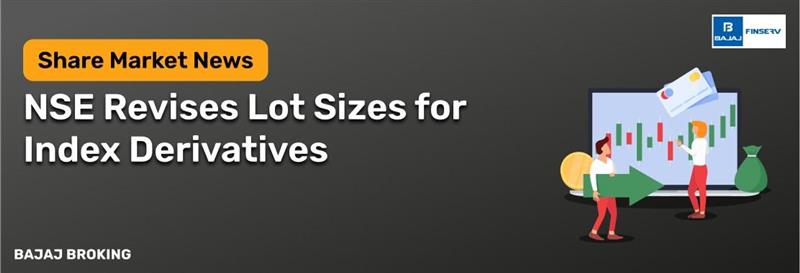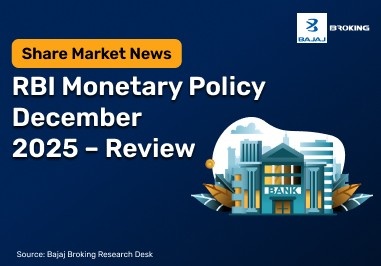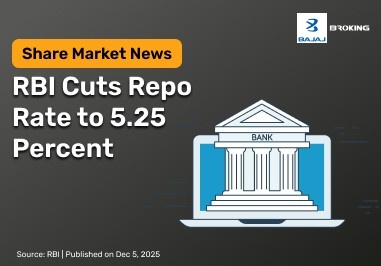NSE Revises Lot Sizes for Index Derivatives: What It Means for You
Synopsis:
The NSE has revised market lot sizes for major index derivatives such as Nifty 50, Bank Nifty, FinNifty, and Midcap Nifty. Effective from October 28, 2025, this move aims to align contract values with SEBI’s guidelines and improve market efficiency.
Source: NSE Circular NSE/FAOP/70616
NSE Revises Lot Sizes for Index Derivatives: What It Means for You
Markets rarely stand still. Every once in a while, the exchange tweaks the framework that holds trading together — and this time, it’s about lot sizes. The National Stock Exchange (NSE) has announced a revision in market lot sizes for key index derivatives effective October 28, 2025
It’s one of those updates that may look routine on paper but has real implications for traders, especially those active in Nifty, Bank Nifty, FinNifty, and Midcap Nifty contracts.
What Exactly Changed?
The new circular (Ref: NSE/FAOP/70616) revises the market lot size — essentially the number of units per futures or options contract — across major index derivatives. Here’s the short version:
Index | Symbol | Old Lot | New Lot |
Nifty 50 | NIFTY | 75 | 65 |
Nifty Bank | BANKNIFTY | 35 | 30 |
Nifty Financial Services | FINNIFTY | 65 | 60 |
Nifty Midcap Select | MIDCPNIFTY | 140 | 120 |
Nifty Next 50 | NIFTYNXT50 | 25 | unchanged |
These numbers aren’t arbitrary. SEBI’s framework for periodic lot-size revision ensures that each contract’s notional value stays within a reasonable trading band, balancing liquidity and retail accessibility.
The Rationale Behind the Revision
There’s an interesting thought behind these adjustments. Every few quarters, the NSE recalibrates lot sizes using the average closing price of the underlying index for the previous month - in this case, September 2025.
Think of it like resizing the boxes traders use to pack their risk. When markets move higher, those boxes get bigger; lot sizes must shrink so that the total notional exposure remains sensible. It’s risk management through design - not drama.
Effective Dates and Transition Rules
The transition won’t be abrupt. The existing lot sizes will continue for weekly and monthly contracts until the December 30, 2025 expiry, after which the new sizes take over
For quarterly and half-yearly contracts, the revision kicks in from December 30, 2025 (EOD).
Post this, the first expiry with revised lots begins in January 2026 for monthly series and extends to March 2026 for quarterly contracts.
Traders running spread positions over December-January expiries should note that day spread order books will be unavailable for certain combinations (like November–January and December–February). Small operational detail — but one that can catch the unaware.
Why This Matters to Active Traders
At first glance, reducing the Nifty lot from 75 to 65 might sound trivial. But if you trade even two lots a week, that’s a noticeable change in margin requirement, capital allocation, and potential P&L swings.
Futures traders will likely find these new lots slightly easier on capital, while options sellers — often capital-intensive participants — might enjoy a bit more flexibility in position sizing. In a way, it opens the door a little wider for smaller but serious retail traders to participate meaningfully.
What to Do Now
If you’re holding open positions in any affected index futures or options beyond December 2025, make sure to review contract specifications on your trading terminal once the update rolls out. Brokers will load new contract files before trading resumes on the effective dates.
For those who rely on automated strategies, this is a good time to recheck your lot-based scripts or margin calculators. Small changes in lot sizes can ripple through your strategy metrics faster than you’d expect.
Final Thoughts
Lot size changes might not make headlines like rate cuts or IPOs, but they subtly shape the rhythm of the market. They ensure derivatives trading remains accessible, efficient, and aligned with SEBI’s evolving framework.
For most of us, this is another reminder: markets evolve not just in price, but in structure. And understanding those changes - even the quiet ones - often separates thoughtful traders from the rest.
Calculators
Read More Blogs
Disclaimer :
The information on this website is provided on "AS IS" basis. Bajaj Broking (BFSL) does not warrant the accuracy of the information given herein, either expressly or impliedly, for any particular purpose and expressly disclaims any warranties of merchantability or suitability for any particular purpose. While BFSL strives to ensure accuracy, it does not guarantee the completeness, reliability, or timeliness of the information. Users are advised to independently verify details and stay updated with any changes.
The information provided on this website is for general informational purposes only and is subject to change without prior notice. BFSL shall not be responsible for any consequences arising from reliance on the information provided herein and shall not be held responsible for all or any actions that may subsequently result in any loss, damage and or liability. Interest rates, fees, and charges etc., are revised from time to time, for the latest details please refer to our Pricing page.
Neither the information, nor any opinion contained in this website constitutes a solicitation or offer by BFSL or its affiliates to buy or sell any securities, futures, options or other financial instruments or provide any investment advice or service.
BFSL is acting as distributor for non-broking products/ services such as IPO, Mutual Fund, Insurance, PMS, and NPS. These are not Exchange Traded Products. For more details on risk factors, terms and conditions please read the sales brochure carefully before investing.
Investments in the securities market are subject to market risk, read all related documents carefully before investing. This content is for educational purposes only. Securities quoted are exemplary and not recommendatory.
For more disclaimer, check here : https://www.bajajbroking.in/disclaimer
Our Secure Trading Platforms
Level up your stock market experience: Download the Bajaj Broking App for effortless investing and trading











